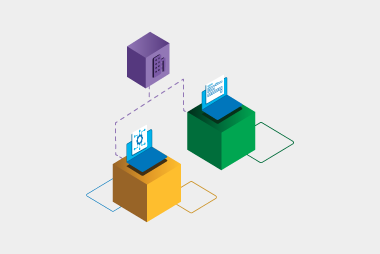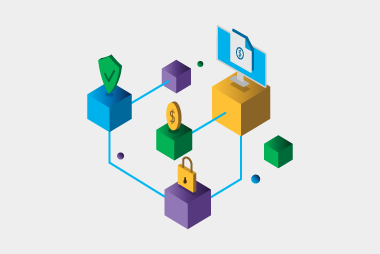What is EDI?
EDI is the electronic exchange of business information, like purchase orders and invoices. This information goes straight in and out of the retailer’s software. It’s of benefit to the retailer because it’s more efficient than paper or PDFs, it gives them real-time visibility of their purchases and products, and it reduces costs. You can find out more about EDI in this whitepaper. For suppliers, it’s important to be aware of your options when it comes to EDI and to choose the best option for your business.What are my options?
[vc_column width="1/2"]EDI webforms
The simplest solution for compliance is EDI webforms. This allows you to logon to a web portal to view purchase orders and respond by sending back the required information such as purchase order responses, advance shipping notices and invoices. The information input into the web portal is sent directly to your customers’ software. EDI webforms has a number of benefits:- No establishment costs
- It’s easy to set up
- It has an easy-to-use interface
- You can trade with many retailers from the one portal
- It’s accessible anywhere with internet
- It’s cost effective.
- No support cost.
EDI gateway
A more automated option is an EDI gateway. The fully integrated solution exchanges information with your customers directly to and from your ERP or accounting software. This option has the least impact on your current process and requires minimal manual processing because it takes the data from your software to send EDI documents to your customers. To gain even more benefits from your EDI gateway, it can be used to update other systems in your business. For example, when an order is despatched to one of your customers, it can automatically update inventory levels in your warehouse management system. This information can even be sent via EDI to your partners to keep them up-to-date with your inventory levels. Some of the benefits of using an integrated solution include:- using your existing software
- no need for data re-entry
- automating your manual processes
- improving data accuracy
- faster order processing.
Which option is right for my business?
Follow the flow chart below to find what option might be best for you.Interested in implementing EDI for your business? Get a free consultation from one of our EDI experts by filling the form below.Request a call
Chat with one of our experts
Just fill out your details below and we'll be in touch within one business day.

